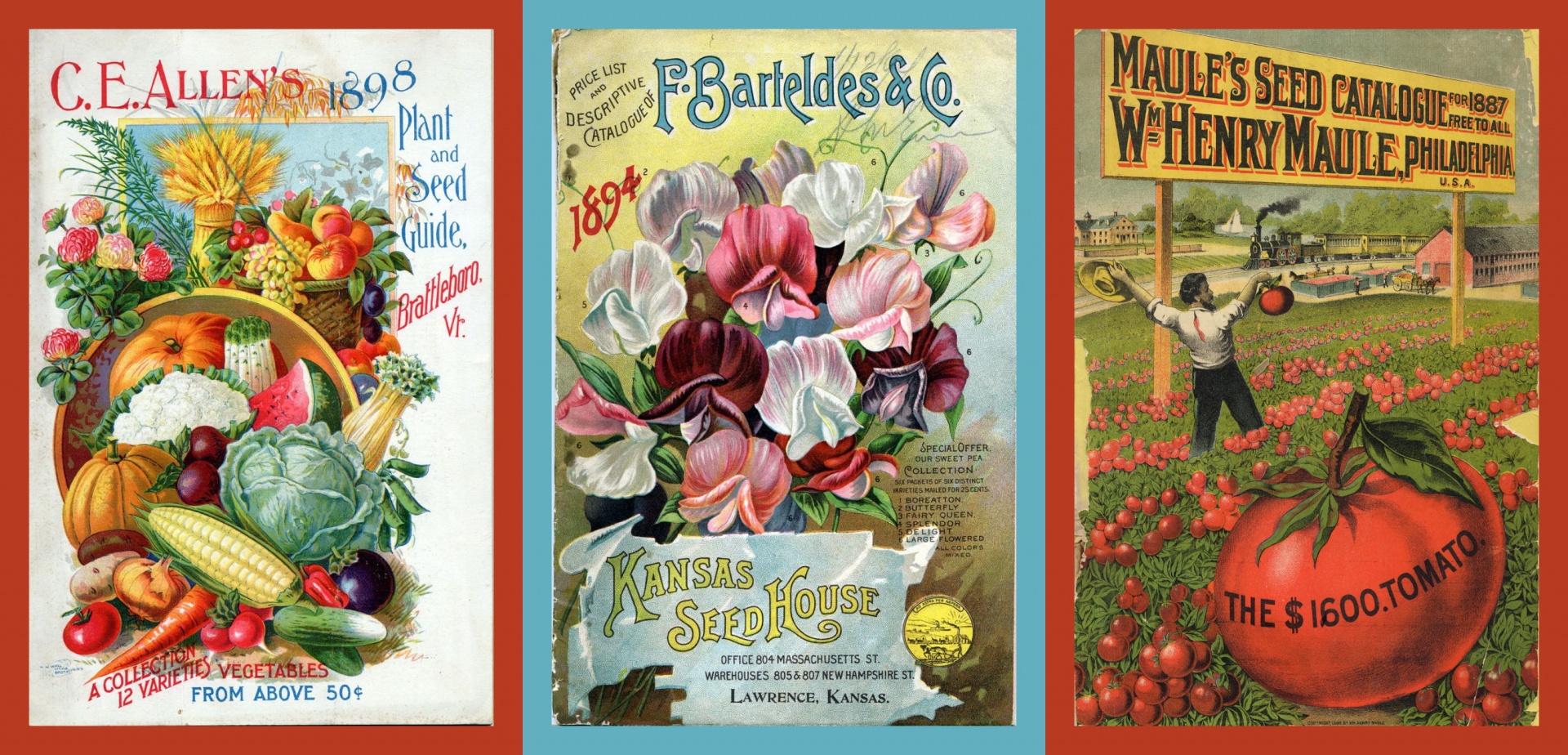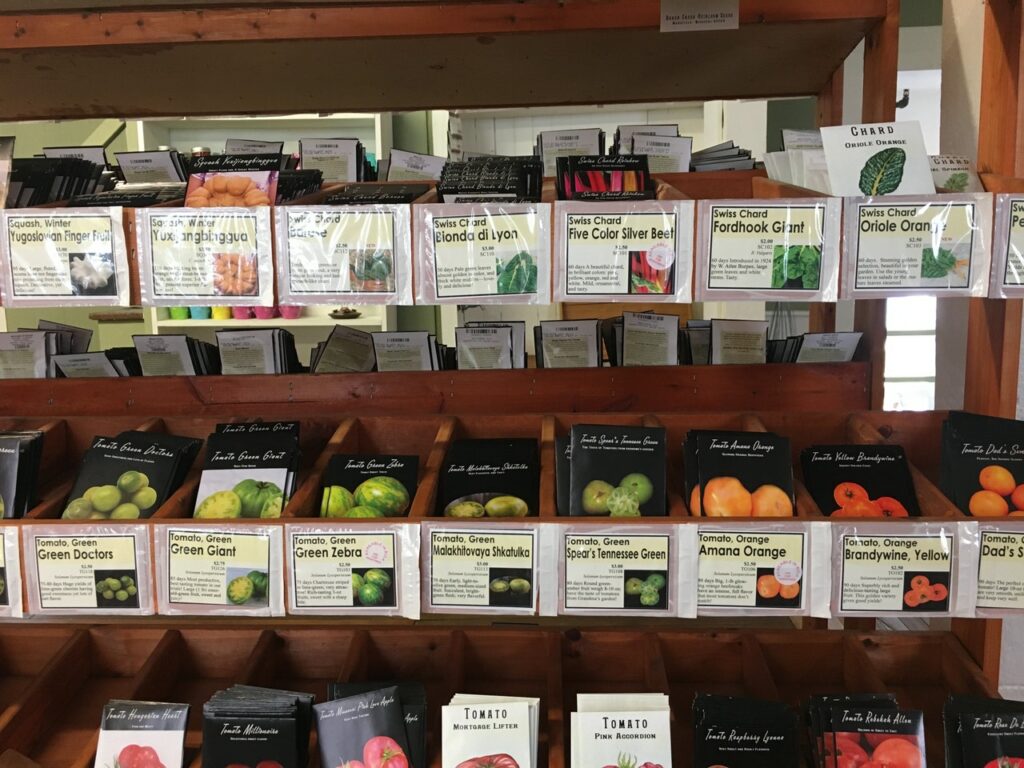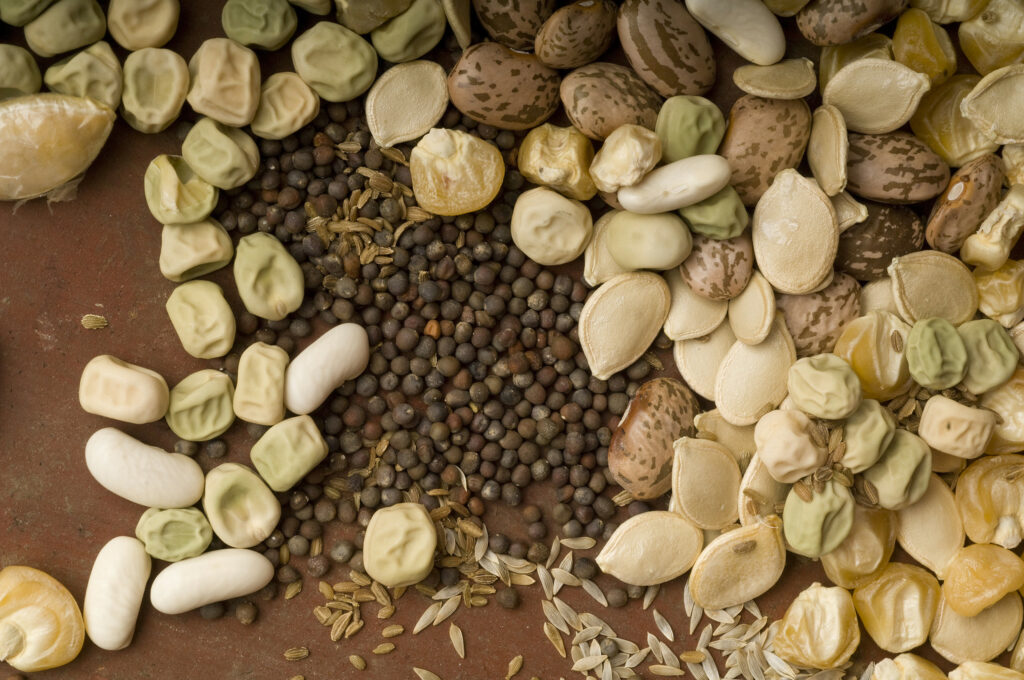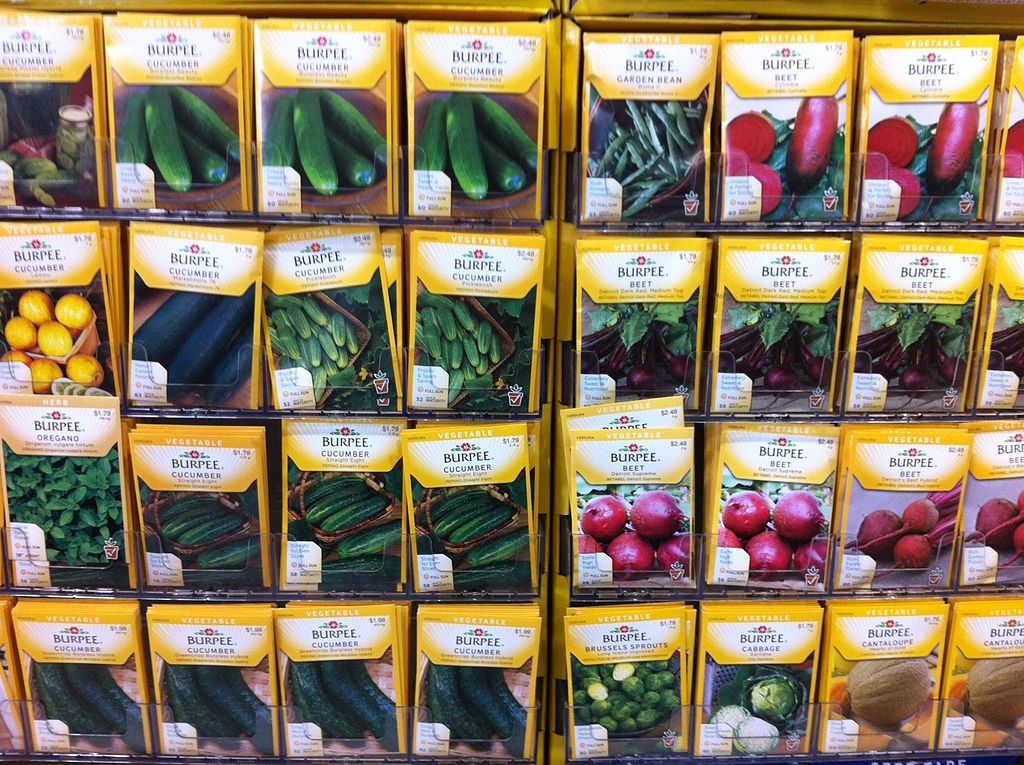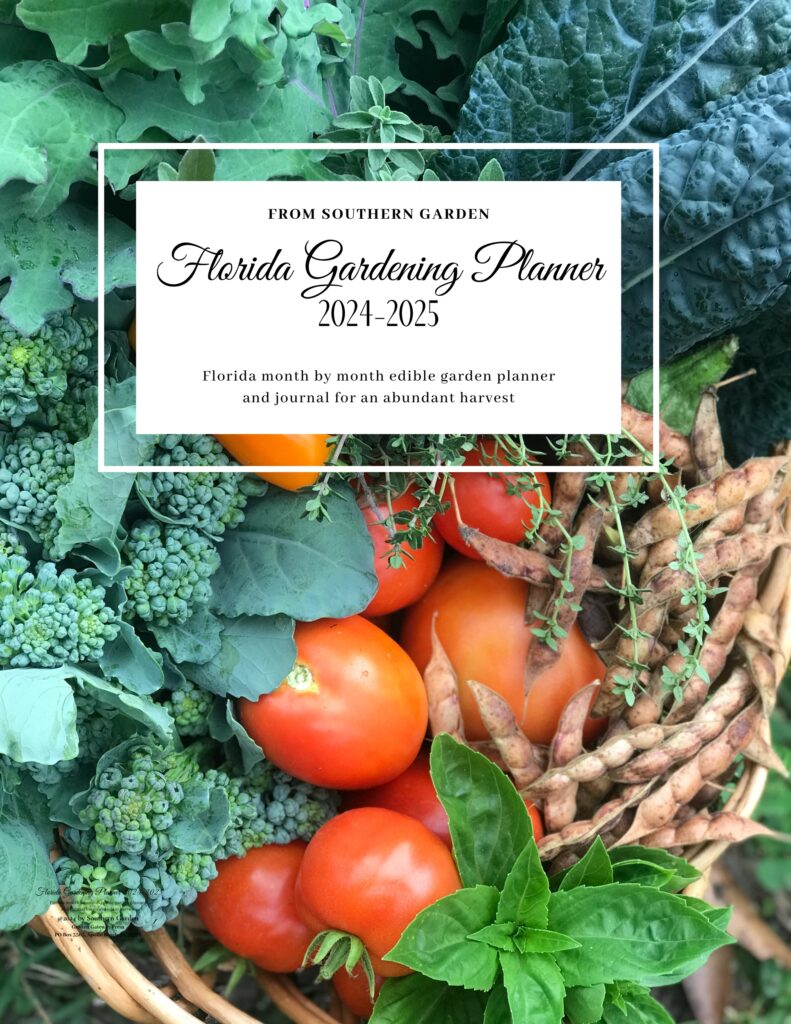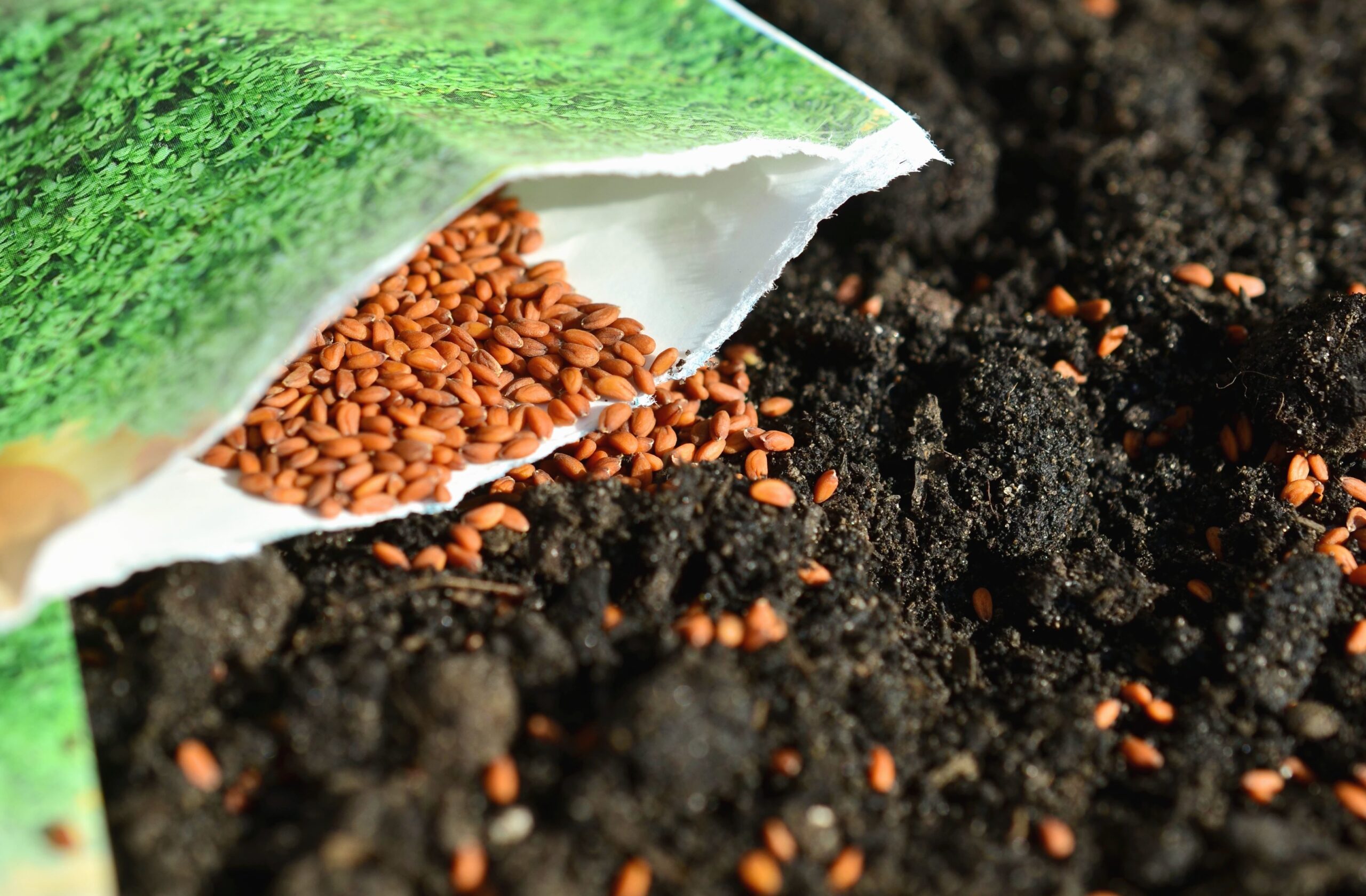
It’s only June, but you’ve already filled your garden to the brim with summer vegetables and herbs. The flower borders are chock full, and you’ve even tucked a few spare cosmos and zinnias into the squash patch. The problem is, you still have packets and packets of flower seeds left to plant. Can you save them for next year? How long will flower seeds last in storage?
Maybe you just got swept away with gardening enthusiasm and bought too many seeds. Or maybe you ran into a great sale. We all do it – buy too many seeds. They’re relatively inexpensive, and it’s easy to fall in love with the picture on the packet. But too many seeds can also mean a few broken dreams.
How long can you keep these extra seeds without having to throw them away? Do flower seeds expire?
How Long Can Flower Seeds Be Stored
Depending on the variety, flower seeds will last in storage for 1 to 5 years.
How long flower seeds will last will depend on a few key factors. Are they annuals or perennials? What kind of seed coating or shell does the seed have? Where are you storing your flower seeds?
And finally – how important are these seeds to your gardening plans?
That seems like a harsh question, but it’s a valid one when it comes to deciding whether to simply toss them or to use critical storage space to keep them in the right conditions.
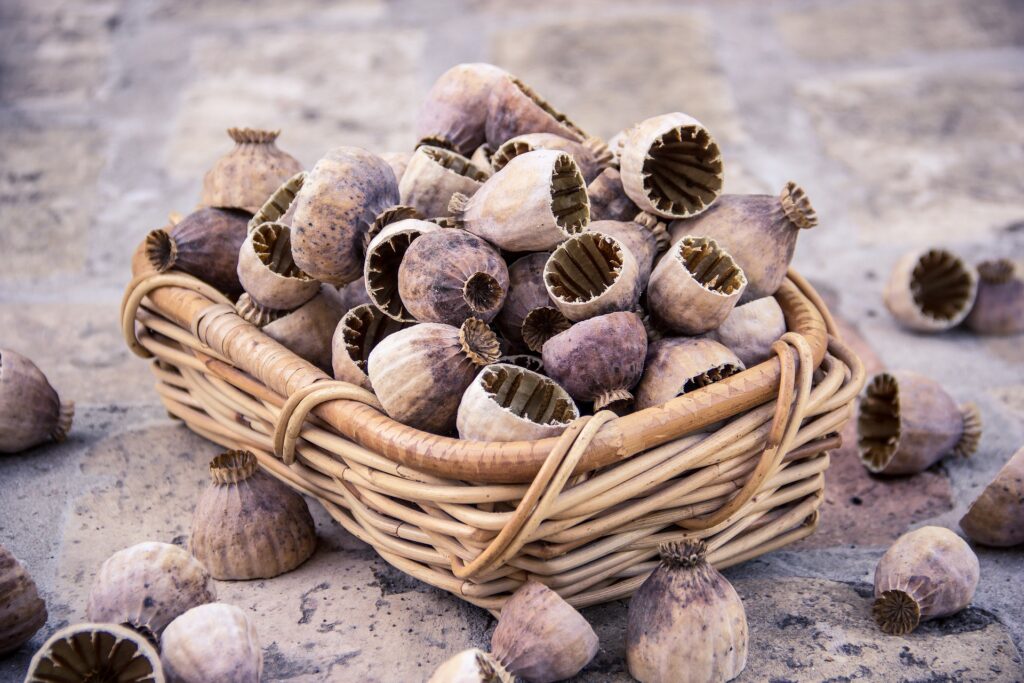
Seed Saving Priorities
If your garden is already full of zinnias, whose seeds are extremely easy to save, should you really bother to save that damp, torn, half-packet you found at the bottom of your seed stash?
Perhaps you have a small garden and very limited space for seed starting. Should you bother to save seeds when you know you won’t have room to plant them next spring?
Where Does Your Garden Grow?
For those of us who garden in the South and the subtropics, in particular, saving seeds after spring planting means saving them for fall planting. If you live on the Gulf Coast, for example, you may want to plant those zinnias in February, May, and September.
If you live in Iowa or Nebraska, however, when the season is short, you want to be ready right out of the spring gate. Perhaps you have a large property, with room to experiment? If your spring priority is getting food in the ground, perhaps you don’t want to spend time or money on flower seeds. You may want to save the ones you have to help bring in pollinators, but it’s not your top priority. In that case, you may want to save your flower seeds even if the germination rate is low.
If you’re anything like me, you save everything – obsessively — even seeds that are likely to fail. Even seeds for flowers that you hate and vegetables you won’t eat.
Because seed saving sometimes becomes a bit of a lifestyle.
So, how do you determine what’s worth keeping?
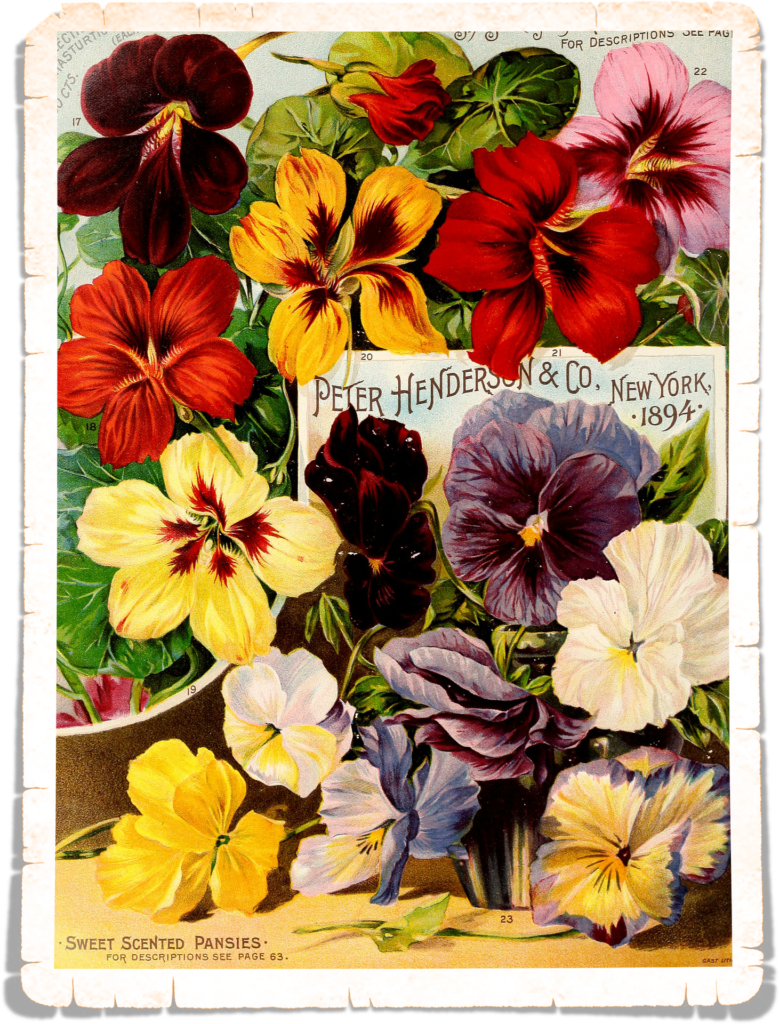
How Long Do Packaged Flower Seeds Last?
When you purchase seeds from a big box store, you’ll often find the package labeled with the “best-by” date and date of expiration. This date isn’t when the seeds expire, but it is the date that stores will remove them from their inventory.
Companies that handle a lot of seed packets will purchase and package all the seed they sell in one year and mark it for sale for the following year. For example, they’ll buy mass quantities of those same zinnia seeds harvested by farmers in 2022 to sell at your local garden center starting in January of 2023.
You may also see markings on the packets that include lot numbers and germination rates. While there are federal standards for vegetable seed germination rates, flower seeds are regulated at the state level. And to be honest, they’re pretty low standards. In many cases, germination rates as low as 40 or 50 percent are considered acceptable.
Seed Germination Rates Vs. Vigor
Many new gardeners are surprised to learn that good germination doesn’t always result in a strong healthy crop. Even though I’ve been gardening for many years, I made this mistake with an overlarge package of bush bean seeds. The first four crops were amazing, but planting number 5, about three years later, produced dismal-looking specimens.
So, while your flower seeds might sprout beautifully under the best conditions, the seeds may be too old to produce tall, strong, vigorous plants.
Oregon State University has proposed several methods of testing seed vigor, but they may be considered excessive by the average home gardener.
However, the difference between germination rates vs. vigor is another reason you need to determine your gardening priorities when saving flower seeds. Unless you’re a professional grower or garden designer, you may be willing to take more chances on old seed.
How long do perennial flower seeds last?
When stored properly, perennial flower seeds may last up to 5 years.
How long do annual flower seeds last?
Annual flower seeds, except for a few exceptions, will normally last up to 3 years.
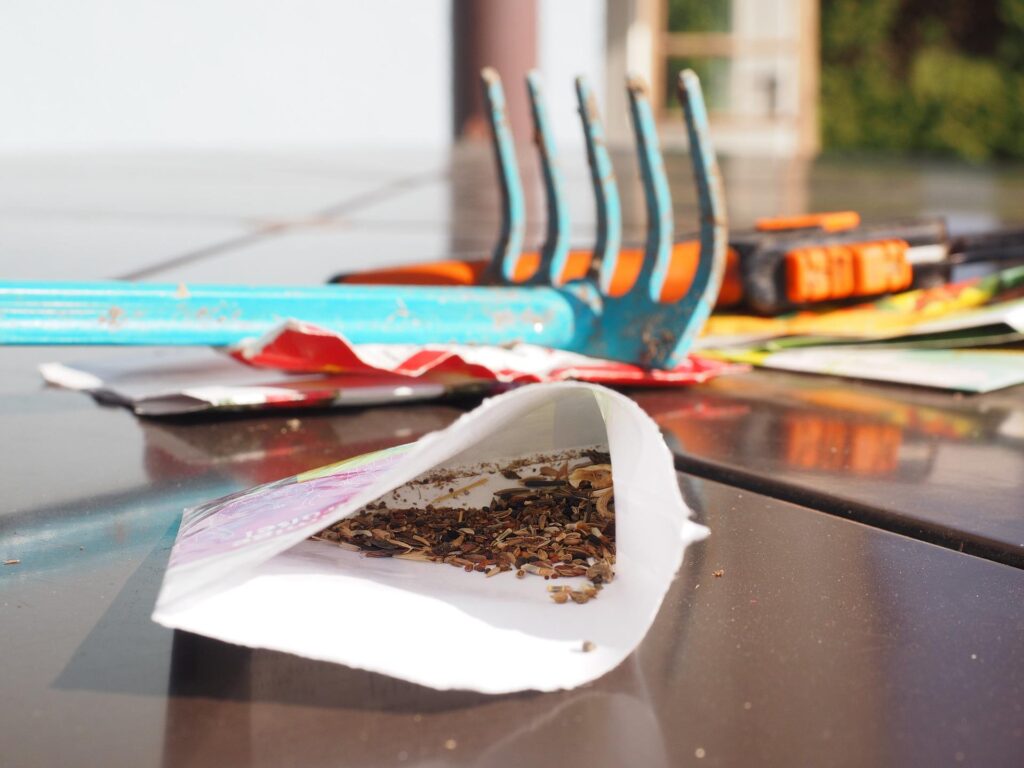
Flower Seed Viability Chart
When properly stored, your flower seeds may last as long as shown on the following flower seed viability chart. The years listed are the maximum to expect under optimal conditions.
Flower Seed Viability Chart
How long to store seeds.| Ageratum | 4 | Echinacea | 4 | Petunia | 3 |
| Alyssum | 5 | Euphorbia | 4 | Phlox | 2 |
| Amaranthus | 5 | Forget Me Not | 2 | Poppy | 4 |
| Ammi majus | 2 | Four O'Clocks | 2 | Portulaca | 2 |
| Artemisia | 5 | Gaillardia | 3 | Rudbeckia | 2 |
| Asclepias | 1 | Gomphrena | 5 | Salvia | 3 |
| Aster | 2 | Helianthus | 3 | Saponaria | 5 |
| Bachelor's Buttons | 5 | Heliotrope | 2 | Scabiosa | 3 |
| Borage | 5 | Hollyhocks | 3 | Stocks | 3 |
| Calendula | 6 | Impatiens | 2 | Snapdragon | 5 |
| Campanula | 3 | Larkspur | 3 | Strawflower | 2 |
| Carnation | 5 | Lavender | 3 | Sunflowers | 5 |
| Celosia | 4 | Linaria | 3 | Sweet Pea | 5 |
| Clarkia | 3 | Lisianthus | 3 | Tithonia | 2 |
| Columbine | 2 | Lobelia | 4 | Verbena | 5 |
| Coreopsis | 2 | Lupine | 5 | Vinca | 1 |
| Cosmos | 4 | Marigold | 5 | Viola | 1 |
| Chrysanthemum | 5 | Monarda | 4 | Wallflower | 5 |
| Dahlia | 5 | Morning Glory | 4 | Yarrow | 5 |
| Daisy | 3 | Nasturtium | 7 | Zinnia | 6 |
| Delphinium | 3 | Nicotiana | 5 | ||
| Dianthus | 5 | Nigella | 2 | ||
| Digitalis | 2 | Pansy | 2 |
So What Are Optimal Conditions to Keep Flower Seeds Viable
There are several elements that can hasten the demise of your stored flower seeds – and they’re the same elements that make them sprout: heat, light, moisture.
Experts recommend ensuring the following to provide optimal conditions to extend the life of your saved seeds:
Home Gathered Seed
If you’re collecting your own seed from the garden:
- Remove any chaff, leaves, or stems
- Air dry for one to three days
- Freeze seeds for a few days to kill any insects
- Package in a paper bag or paper packet for short-term storage
- Refrigerate in a sealed container with desiccant packets
Long Term Storage
If you’re storing seed over the winter or for the long term, you’ll need to take better note of conditions. Once processed and whether home-gathered or purchased:
Ensure seeds are dry – 7 to 8 percent is optimal. You can dry your seeds on screens with a fan or out of the sun on a warm day.
- Keep at temperatures below 50 degrees Farrenheit
- Store below 50 percent humidity
- Store in paper packets
- Label thoroughly
- Place paper bags or packets
- Keep packets in a closed container such as a canning jar or baby food jar
- Add a desiccant packet to reduce moisture damaging seeds
Store in the refrigerator or freezer. Note that your freezer provides a more consistent temperature since it is opened less frequently than the average refrigerator.
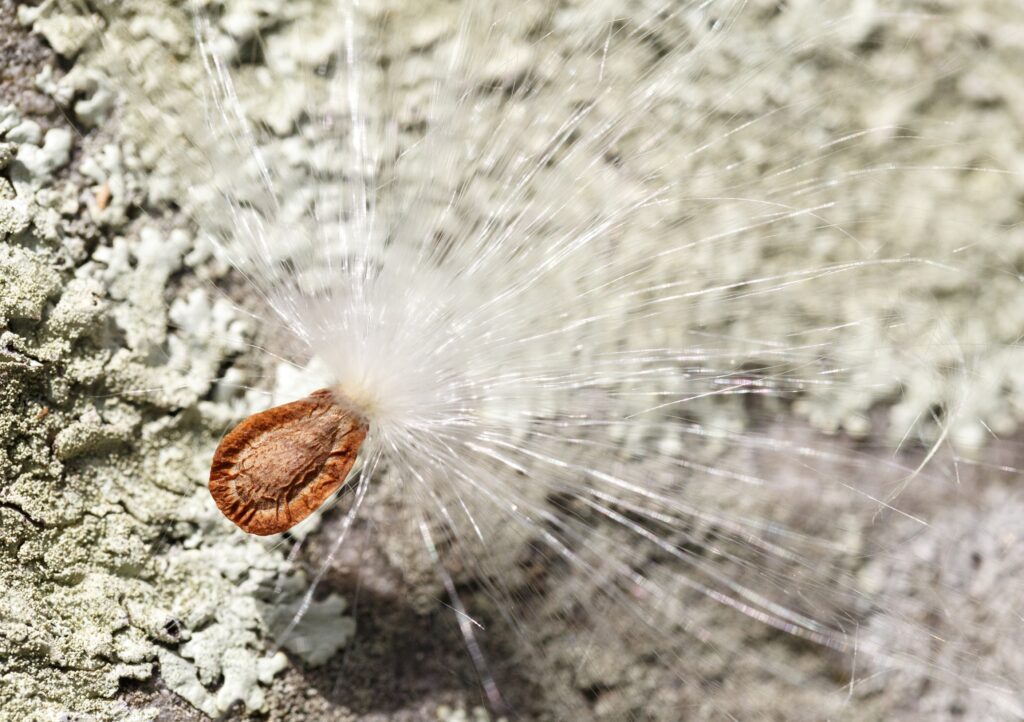
Saving Flower Seeds to Last
Now that you have a good idea of how long your flower seeds will last, it’s time to start winnowing. If you’re done planting for the year – or even just for the summer – assess your inventory.
If you have seeds that are years old, with no hope of germination, it’s time to toss them and make room for others.
If you have seeds you’ll plant soon, dry them completely and put them in a cool, dark place until fall sowing.
For next year, make sure you tuck them away into the freezer. You don’t want them exposed to heat, moisture, and light before you’ve had a chance to plant them.
